 Having missed an opportunity to attend a wine event in the city last night because of a hectic schedule, my plan was to embrace the evening with a nice meal and a movie. However, a friend decided that his company would be far more entertaining than a movie. He was correct. So, I went into “chef” mode. I threw together a great meal that was served with the rest of the Casillero del Diablo Cabernet Sauvignon that I reviewed yesterday. The wine paired beautifully with both courses. We started with a quick & simple version of Pasta Fagioli soup. Made with vegetable broth, I added more carrots and celery than beans, creating a lighter soup. A small amount of shaved Parmesan cheese topped it off. The main course was fresh shrimp sautéed in shallots, garlic and red peppers. Al dente vegetable linguini was added to the pan at the last moment for a quick stir. As a side dish I served sautéed broccoli rabe with olive oil and garlic. Voila! Dinner! The wine, dinner and company all complemented each other!
Happy Thursday! Cheers! Penina
0 Comments
I seem to keep finding my way back to exploring Chilean wines and rightly so. The wines have become more focused with many producers concentrating on bio dynamic, organic and sustainable agriculture in addition to producing unique and delicious wines. Chilean wines have earned significant recognition among wine critics and connoisseurs. I recently received two bottles of wine from Concha y Toro’s flagship brand, Casillero del Diablo Devil’s collection. 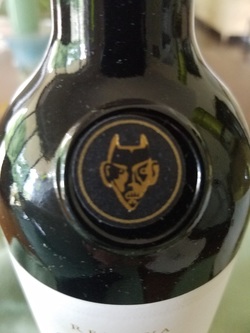 With Halloween just a few weeks away, the story behind the collection is perfect for telling while serving up a glass! Don Melchor Concha y Tora founded the vineyard in 1883. Legend has it that more than 130 years ago a ship set sail from Bordeaux carrying a cargo of precious vines. The ship landed in Chile where the grapes were turned into a mysterious wine. The wines were locked up, but continually disappeared from the cellar. So in order to stop the theft of the wines, he spread a rumor that the devil lived in the cellar. Everyone became terrified and some people claimed to have seen the devil. No one was ever able to solve the mystery and Don Melchor Concha y Toro continued to enjoy his wines. To this day, it is known as the “devils cellar”. Casillero del Diablo means “devils locker” in Spanish. The cellar is located in Pirque, close to Santiago. Casillero del Diablo Reserva 2016 Sauvignon Blanc comes from the Casablanca Valley region. This 100% Sauvignon Blanc is a light bodied wine filled with aromas of fresh citrus and pear. The palate offers grapefruit, green apple and has a zesty mouth-feel. This a refreshing wine that is well balanced and would complement light fare such as seafood, light pasta dishes, cheese and fruit. Alcohol: 13% Price: Approximately $11 Casillero del Diablo Reserva 2015 Cabernet Sauvignon comes from Central Valley region. It is 91% Cabernet Sauvignon, 3% Syrah, 2% Malbec, 2% Cabernet Franc, 1% Petit Verdot and 1% Petit Syrah. The color is dark ruby bordering on purple. Aromas of dark berries, plum, cherry and spice set the stage. Cherry and plum dominate the palate with a touch of berry and hints of oak and vanilla on the finish. This is a juicy wine that is nicely balanced with smooth tannins and will pair well with hearty stews and soup, pasta, game and meats. Alcohol: 13.5% Price: Approximately $11 The Casillero del Diablo wines are “best-value” wines that don’t disappoint the palate. Pick up a few bottles and enjoy these wines before they “mysteriously” disappear from the shelves!
Cheers! Penina What a beautiful weekend filled with family, friends and celebrations! In between all the get togethers, I did some fall cleaning and made my first batch of pumpkin muffins. An appreciative audience gobbled up the muffins very quickly. I’ll definitely be making lots more!  The “much anticipated” Clinton/ Trump debate is airing this evening. A few friends said that they will need something much stronger than wine to sit through it. So, I’m lining up an arsenal of analgesics to carry us through the evening. What will you be drinking? Have a great start to the week!
Cheers! Penina Even though it’s only 11:00 am and already 75 degrees outside, I’m being lured into the excitement of autumn. I just bought my first pumpkin of the season. And, I’m baking up a batch of pumpkin muffins this weekend. While at the Wines of Burgundy tasting a few days ago, I met Luis Pannunzio, Director of Las Piedras Pura VID of Mendoza, Argentina. This family run business began with his father, Giovanni Vincenzo Pannunzio who emigrated to Argentina from Italy in 1952. His sons José and Luis now continue the tradition of winemaking that their father began. The vineyard is located in Barrancas, Maipu where attention and respect is paid to honoring the environment. I tasted two 100% Malbecs. The first was his entry-level wine, a 2014 GV Pannunzio Malbec. Aromas of dark fruit segued nicely onto the palate. The tannins were soft with a nice finish of berries. This is not available in the US yet, but keep your eye out for it! SRP About $9 The 2014 GV Pannunzio Malbec Grand Reserva was very aromatic with lots of red fruit and a touch of floral. The palate offered dark berries, spice and licorice. Medium tannins and well balanced, this is an easy wine to serve with a variety of food. SRP About $20 http://www.laspiedraspuravid.com More reviews to follow soon!
Happy Friday! Cheers! Penina 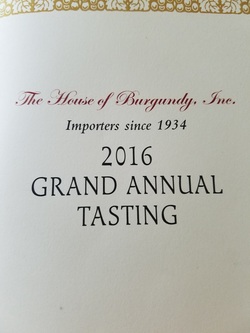 Monday was a rainy day. And, what better way to spend it than sampling wines of The House of Burgundy’s 2016 Grand Annual Tasting inside the ballroom of The Harmonie Club in NYC. 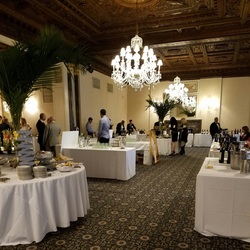 Many countries and producers were represented at the event. I began my tour tasting wines from countries that I had never tried before, such as Bulgaria, Turkey, Lebanon and Japan. I then explored wines from Argentina, France, Greece, Italy and the USA. In addition to the wines, I tried a wonderful spirit from Turkey called Efe Raki. I heard countless and fascinating stories about wineries steeped in history and I tasted some memorable wines that I would love to share with you. Since I am short on time today, I’ll tell you about a few wines/spirit and save the rest of my stories for future posts. I was quite impressed with Vini Wines from Bulgaria. Imported by Bulgarian Masters Vintners and produced specifically for them, Vini Wines is the best-selling Bulgarian wine brand in the U.S. The wines are produced in Bulgaria’s Southern Thracian Valley, an area that has a long history of wine production. The 2015 Vini Sauvignon Blanc (100%) was crisp with notes of citrus and peach. Nice acidity and a pleasing finish make this an easy wine to pair with many foods. The 2015 Vini Pinot Noir (100%) was full of dark fruit and spice with hints of cherry. The tannins were ripe. Spice and hints of vanilla lingered on the finish. All the Vini wines have an alcohol content that ranges from 12% to 13%. The price point is around $8.99 and worth exploring! Heading over to Turkey, I was dazzled and intrigued by the Efe Raki display. Efe Raki is an unsweetened alcoholic drink made from dried or fresh grapes and flavored with anise seeds. It is similar in taste to Ouzo. Raki is also called Lions Milk due to the fact that the clear liquid turns milky when water is added. Served in typical Raki glasses, this is a drink that goes well with light appetizers or mixed in cocktails. I tasted the Efe Fresh Grapes Raki (Green bottle) The aroma of aniseed was quite strong and pleasantly intoxicating but was softer on the palate than ouzo or Pernod. Alcohol is 45% and the price range is $15 to $21 depending on which bottle you buy. Check out their website which has lots of interesting information about Raki history and tradition. http://www.eferaki.com Have a happy Wednesday!
Cheers! Penina  Photo courtesy of Jack Tweedy-Belleville, Ontario Photo courtesy of Jack Tweedy-Belleville, Ontario A beautiful Harvest moon ushered in the weekend. And, autumn officially begins on September 22nd. Outdoor pools are closing and activities are shifting to hiking, biking, fall festivals, apple picking and finding pumpkin patches.  Although I’m not ready to give up on “light and summery” meals yet, I am starting to mentally pair some hearty reds with more substantial fare. I hope to have lots of wine recommendations for you in the coming weeks. I’ll be back on Tuesday with a post on a Grand Tasting that I will be attending in NYC.  I’m off to enjoy the last swim of the season. Happy Sunday!
Cheers! Penina Most people hear the word Moscato and immediately think “dessert wine” or “holiday wine”. I certainly broadened my palate and way of thinking when I partook in a Moscato D’Asti D.O.C.G. Master Class held this week by IEEM and the Consorzio for the Promotion of Asti at the Astor Center in NY. The class was led by Italian Wine expert Gregory Dal Piaz and Frederico Ceretto of Ceretto Winery. The participating wineries were Azienda Agricola Caudrina, Coppo Canelli, Marenco, Michele Chiarlo, Saracco and Ceretto. To begin with, Moscato is the name of a grape variety, a generic term. It is grown all over the world. Moscato d’Asti wines are exclusively made from Moscato Bianco grapes which are cultivated in the Piedmont region of Northern Italy in designated areas around the town of Asti. Moscato Bianco is considered one of the oldest grapes in the Piedmont region and can be traced back to Roman times. Grown in calcareous and sandy soil, the Moscato Bianco grapes produce an aromatic substance that signifies the onset of harvest time which takes place in early September. The grapes are hand harvested and put through manual presses. The resulting pulp and juice are then refrigerated at very low temperatures in stainless steel tanks so as not to allow fermentation. After a determined period of time, usually a week, the wine is then fermented in stainless steel tanks until alcohol content reaches the right level of sweetness. The wine is then chilled down to stop fermentation. The long and cool natural fermentation preserves the fruit aroma. Moscato d”Asti wines are light and semi-sparkling with varying degrees of sweetness. The alcohol content is low and by law is not allowed to go higher than 5.5%. The basic characteristics of the wine include lively acidity with aromas of flowers, white peaches, apricot, orange blossom and sage. They tend to be light and well balanced with fresh fruit and subtle effervescence on the palate. Moscato d’Asti pairs well with savory and sweet food as was demonstrated in the class. The wines from Saracco, Caudrina and Ceretto were paired with the cheese, meat and quiche. The sweet tarts were paired with wines from Coppo Canelli, Michele Chiarlo and Marenco. The contrast of flavors between wine and food actually complemented each other, showing the uniqueness and versatility of Moscato d’Asti. In addition to holiday meals, this is a perfect wine to serve with an array of appetizers, light fish, cold cuts and not too sweet desserts. Or, serve just as an aperitif! Next time you’re looking for a delicate, low alcohol and lively wine, reach for a bottle of Moscato d’Asti. In fact, pick up a few bottles and have a fun tasting with a few friends! Cheers!
Penina It was a “red” wine weekend. In addition to tasting some wonderful wines such as Hess Collection Cabernet Sauvignon, I had a delicious Malbec on Sunday evening. It was one of those spur of the moment throw together meals. Fortunately, I had enough food on hand and a lot of imagination. Sautéed shrimp, veggies and tortellini made for a satisfying one dish meal.  The 2013 Catena Malbec from Mendoza, Argentina was the perfect complement to dinner. Concentrated aromas of raisins, dark cherries, earth and a hint of cocoa grabbed our attention. The palate offered blackberries, plum, spice and floral notes. Soft tannins and a silky mouth-feel added to the richness of the wine. The lengthy finish with spicy notes was perfect. Alcohol: 14% I will definitely have to explore more of this winery’s selections. http://www.catenawines.com  I have a few wine seminars and tastings to attend this week in NYC. I’m looking forward to learning about some interesting grapes and sharing it all with you! Have a great Monday!
Cheers! Penina September 11th I took this photo in 1979 from a ferry while giving my 9-year-old niece a tour of NYC. Today I'm mourning the loss of those who died on 9/11 and my niece Sidra who passed away 2 years ago.
Penina 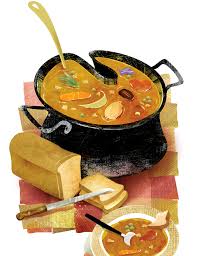 It’s interesting how a change in temperature can influence the palate. I awoke the other morning to crisp fall-like weather and my thoughts went immediately to making one of my hearty soups. I started compiling a list of ingredients to buy and perused my wine inventory for a bold red wine to serve with the soup. By the time I was ready to go food shopping, the humidity and heat had crept back in. The soup went on hold mode and the California Cabernet Sauvignon was gently slipped back into its resting place. With another heat wave on the horizon, I’ll revert back to “light” cooking and enjoying crisp, refreshing, chilled wines! Speaking of which… I popped open a bottle of 2013 Frog’s Leap Sauvignon Blanc, Rutherford, Napa Valley. This 100% Sauvignon Blanc is “made entirely from dry-farmed and organically grown grapes.” Quote taken from Frogsleap.com The color was pale straw with vivid aromas of pear, citrus, grapefruit and a hint of floral. The palate offered a tasty infusion of citrus, pear and pineapple with hints of grapefruit and melon. A combination of lemon zest and vanilla lingered on the finish. This is a crisp and beautifully balanced wine that would complement a multitude of food in addition to drinking on it’s own, as I did. I’m off to embrace this warm but beautiful day! I’m thinking perhaps a white Burgundy might be nice for this evening!
Happy Thursday! Cheers! Penina |
Categories
All
|
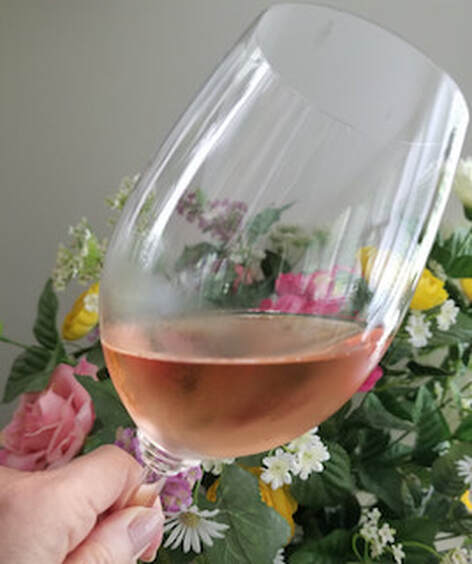
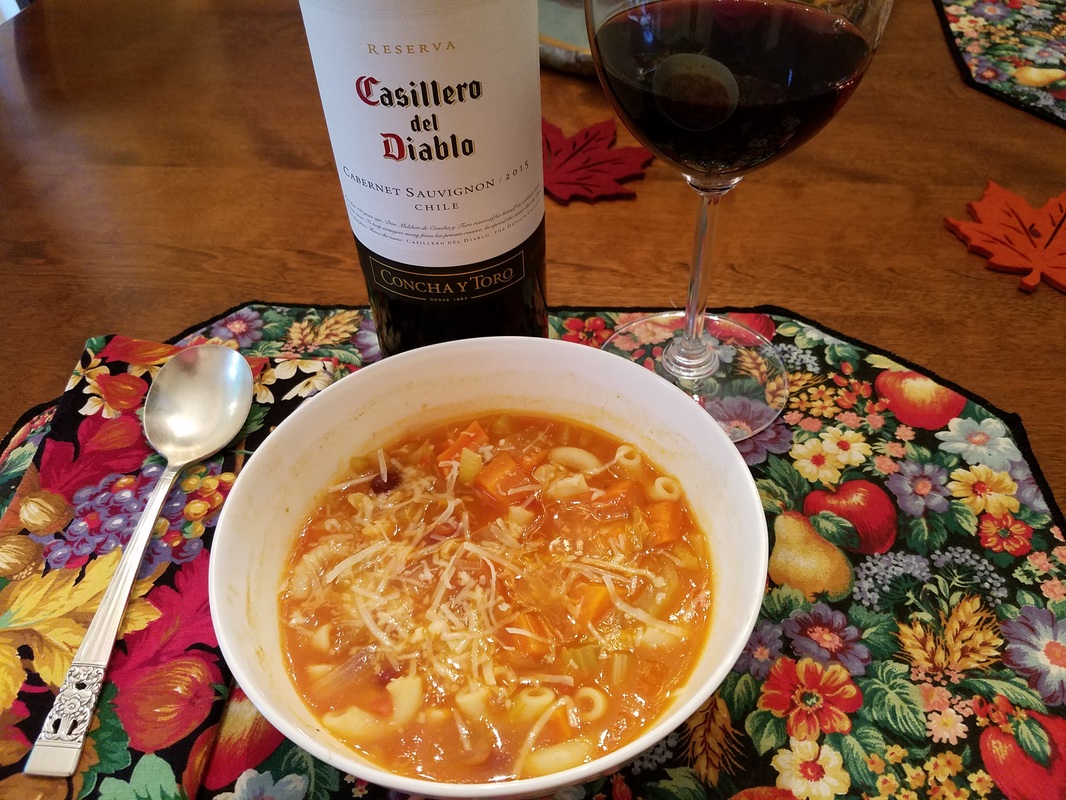
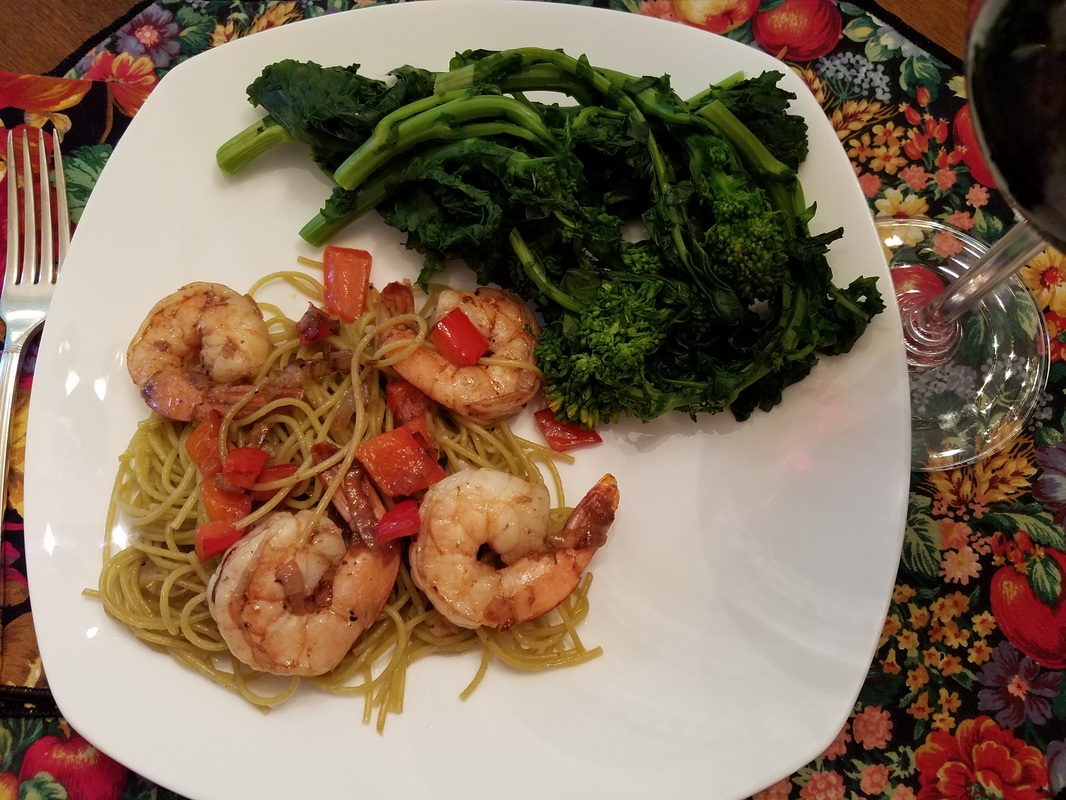
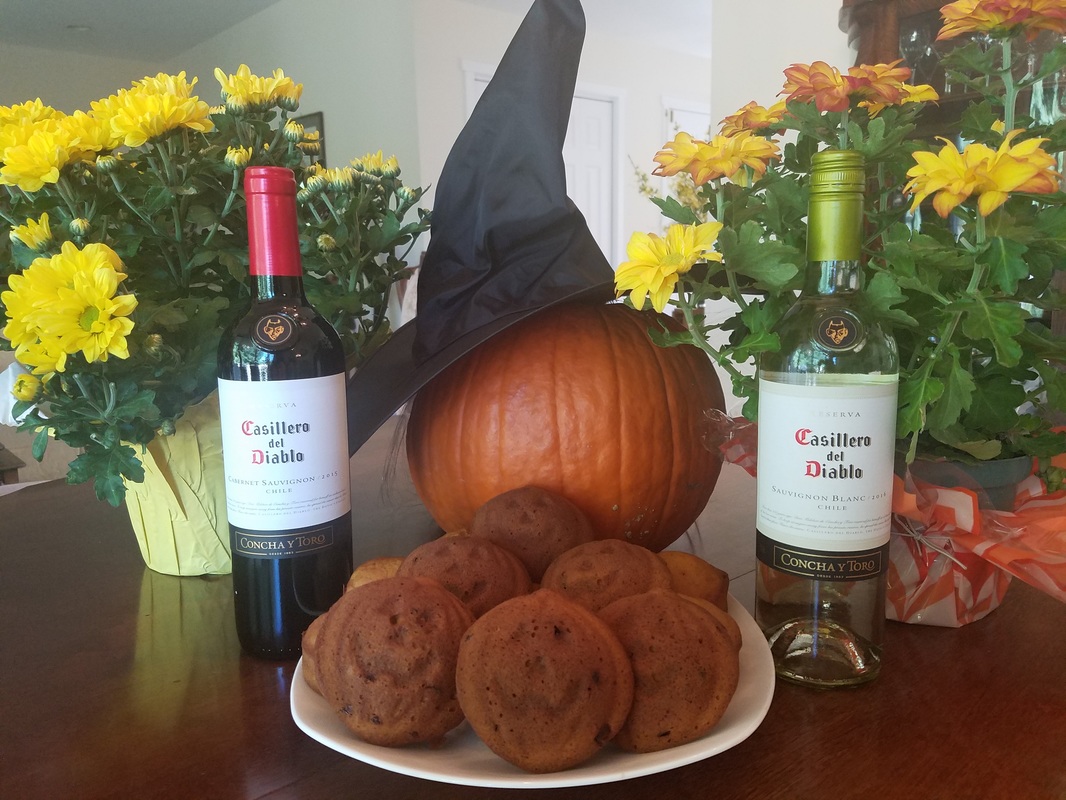
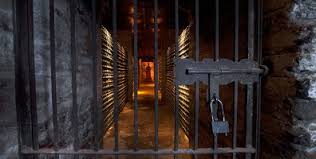
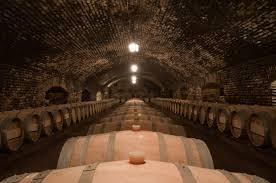
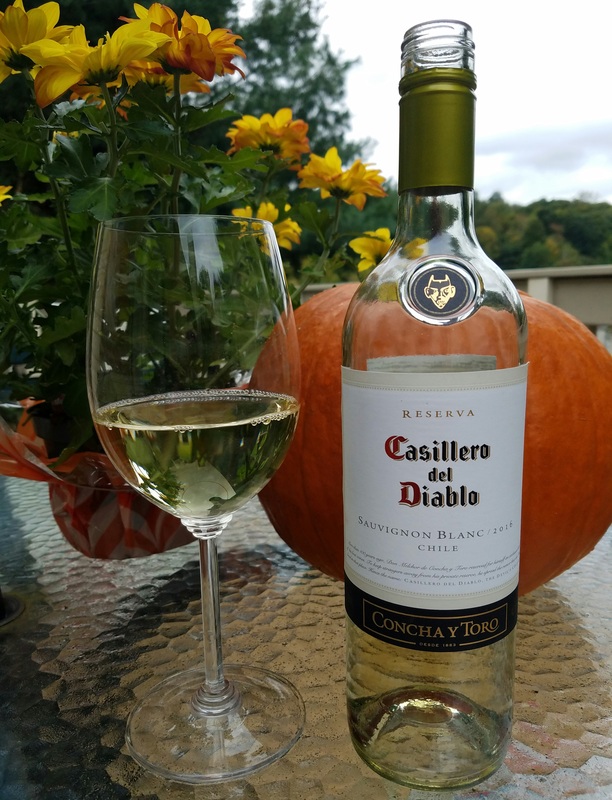
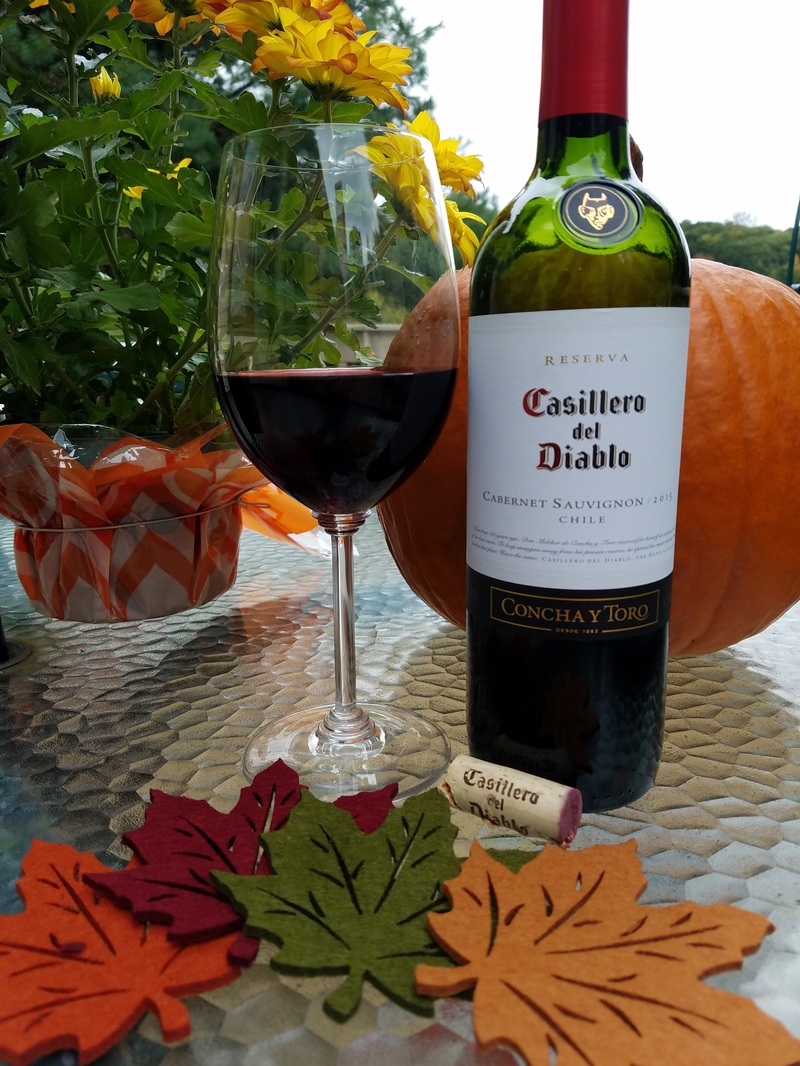

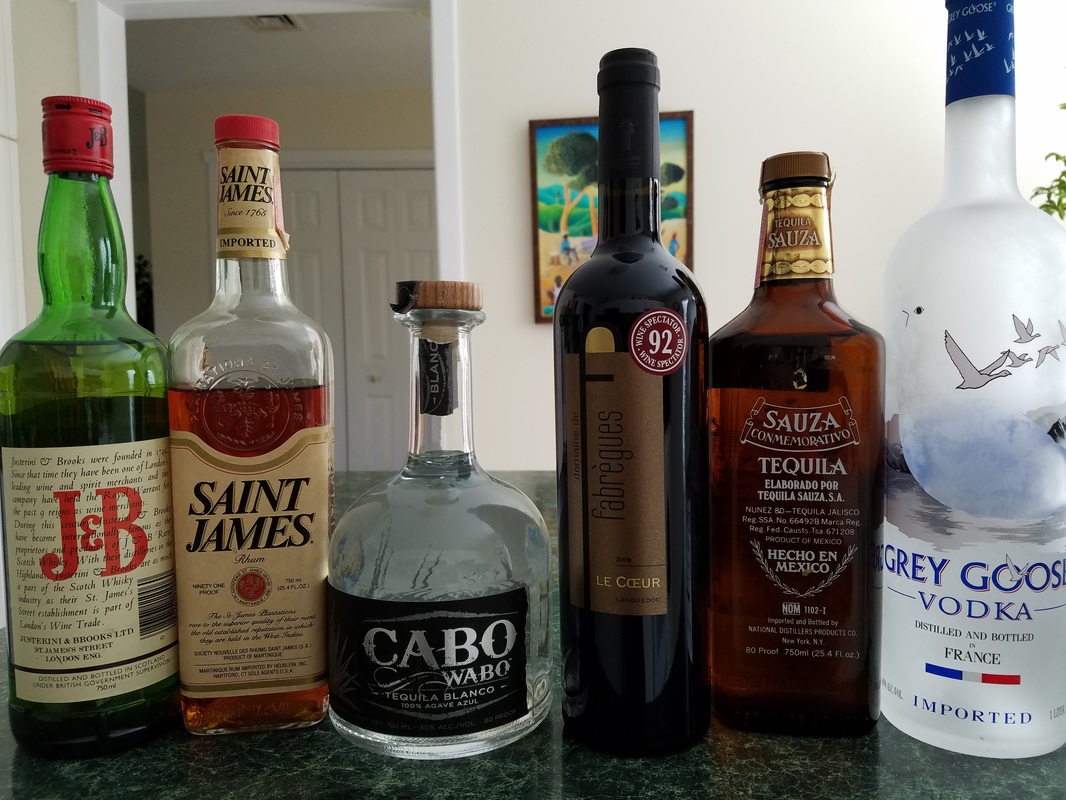
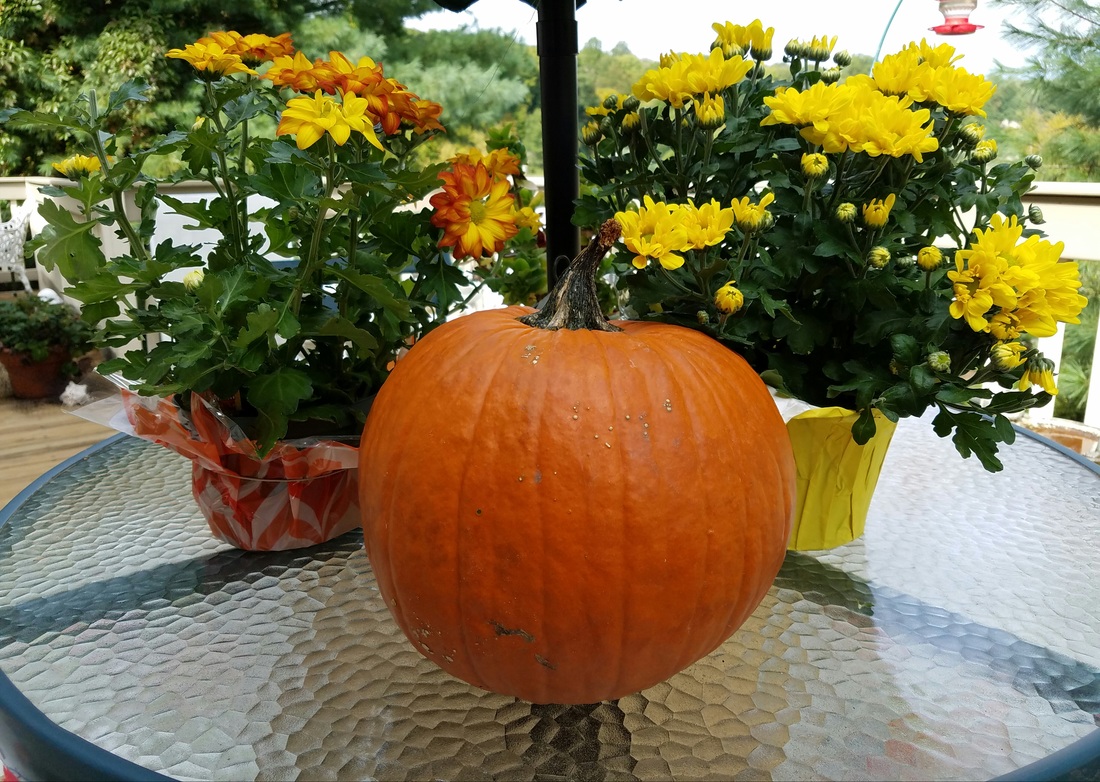
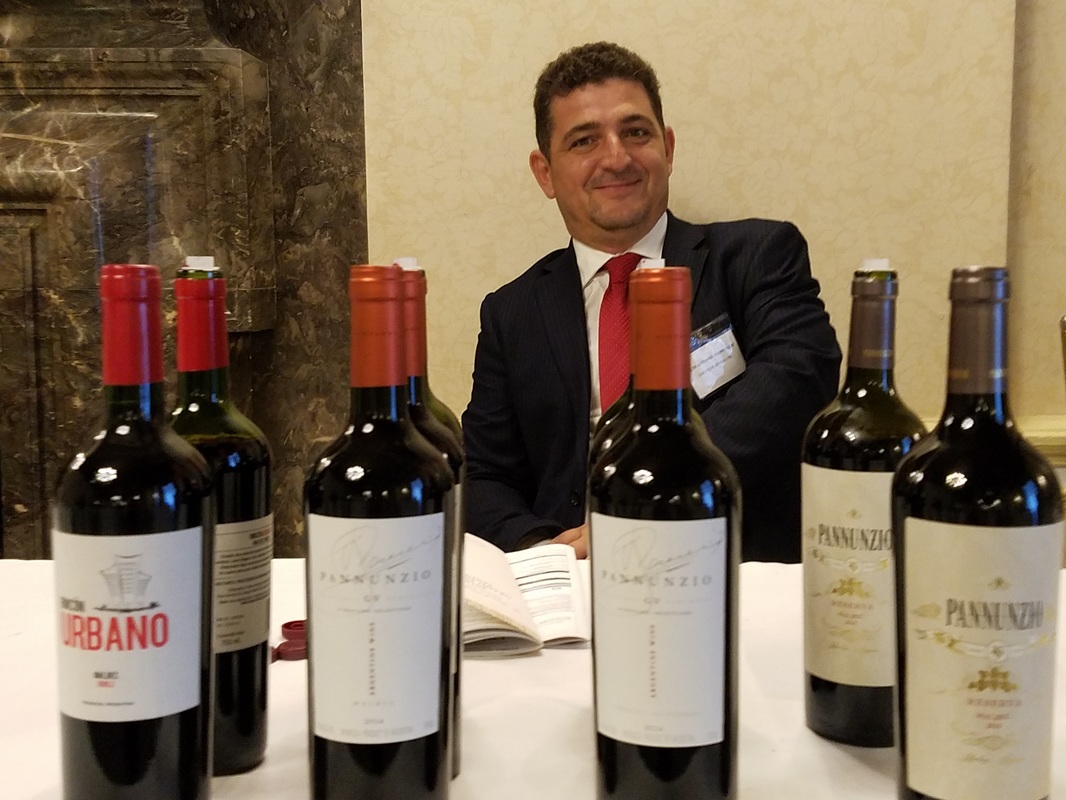
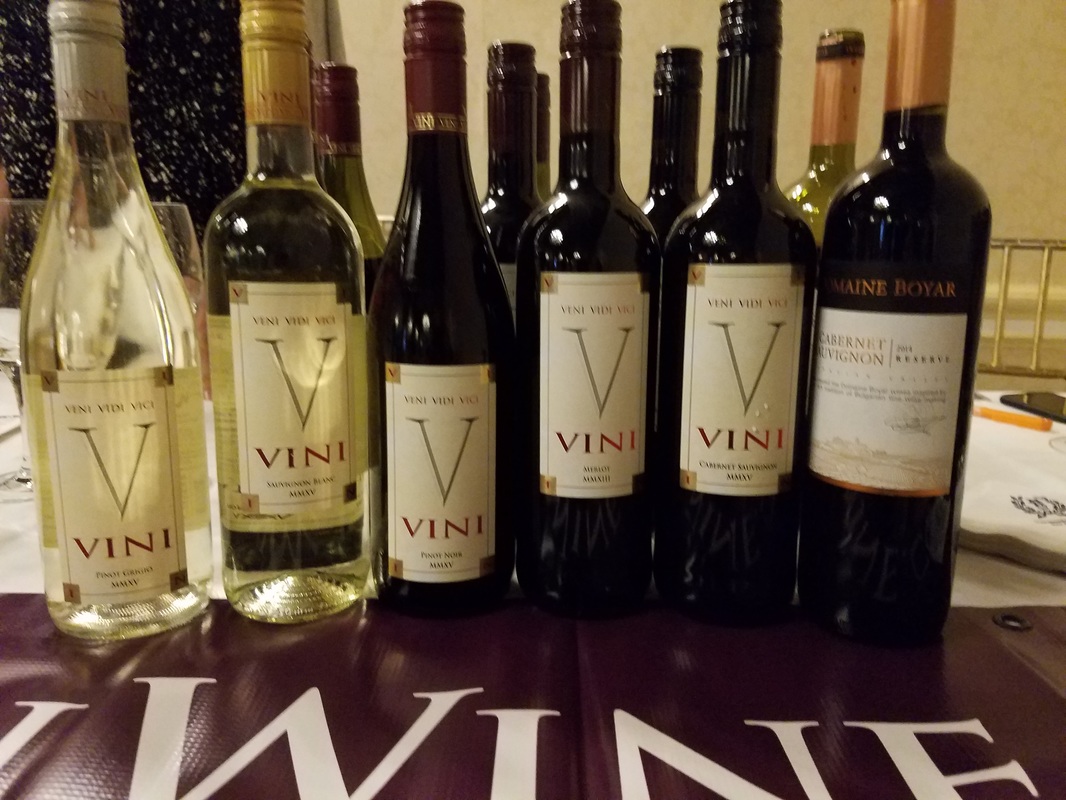
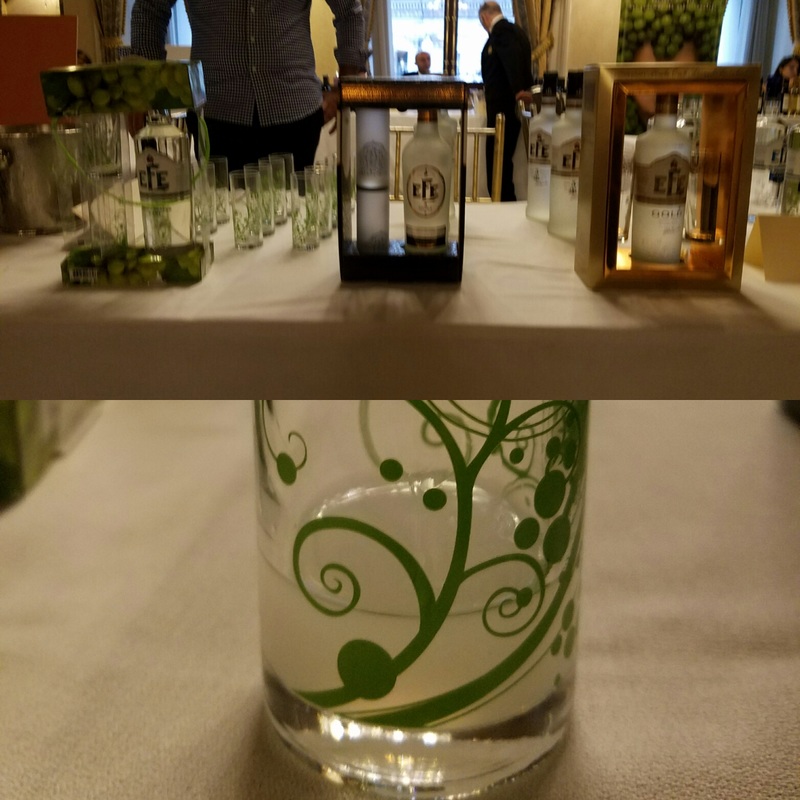
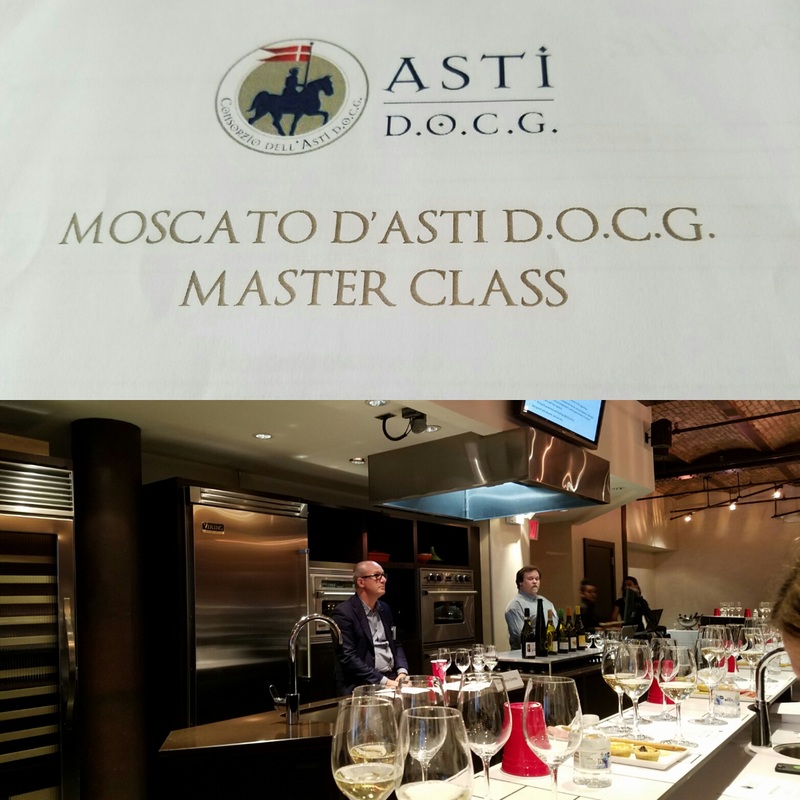
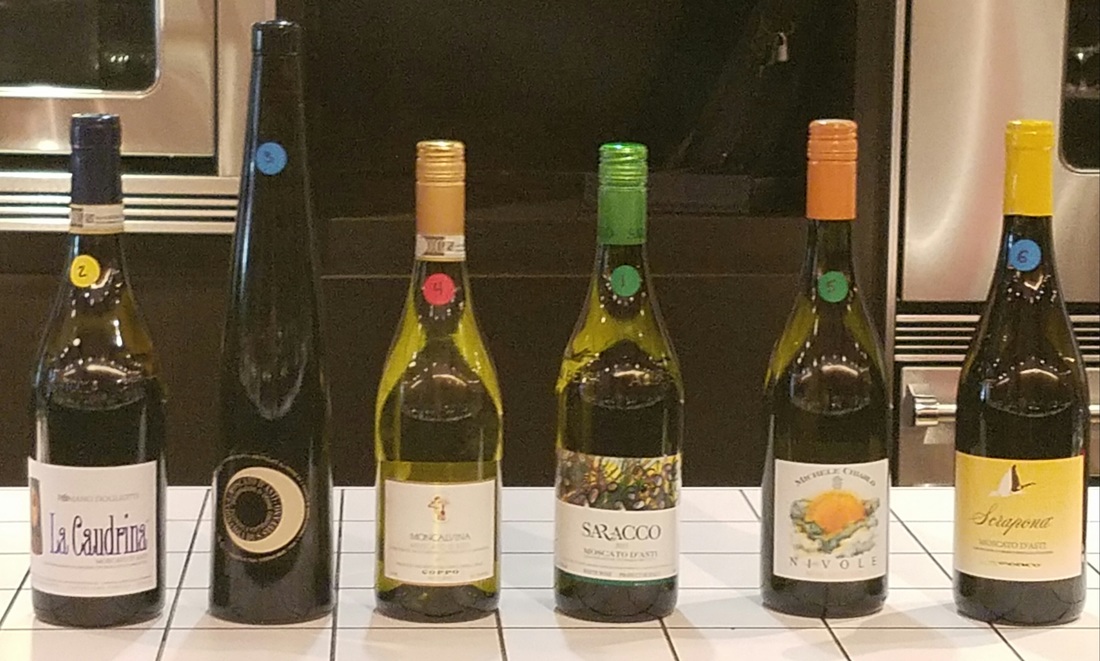
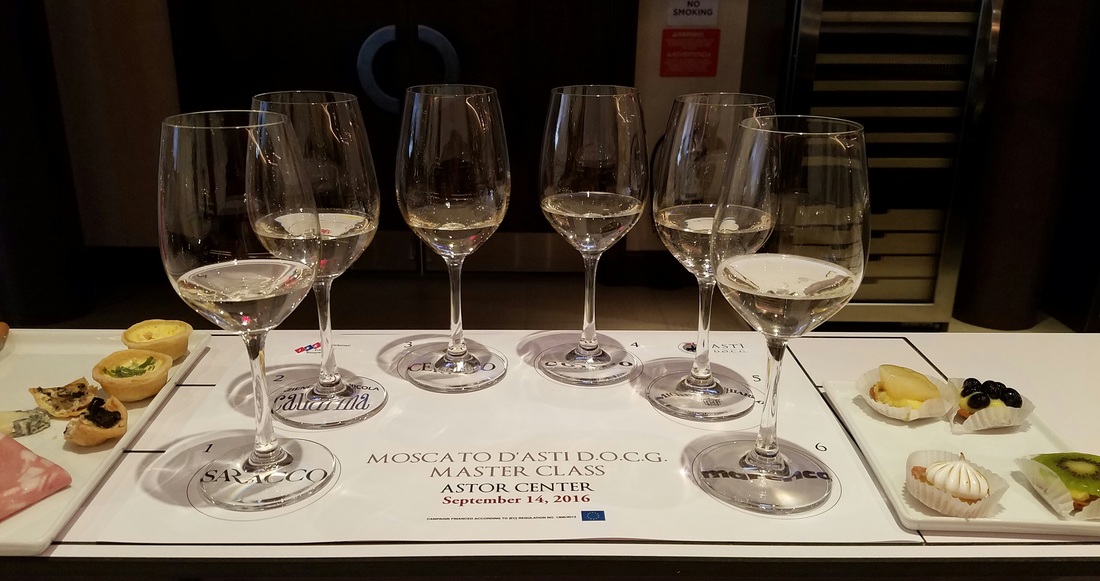


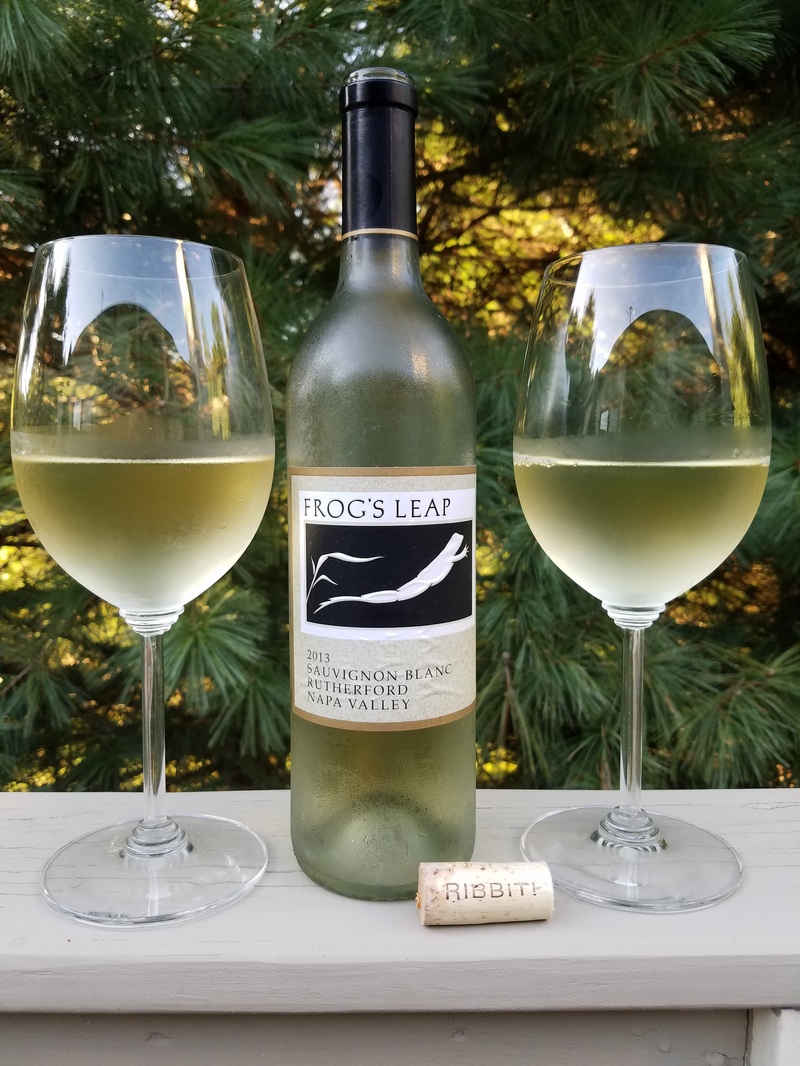
 RSS Feed
RSS Feed